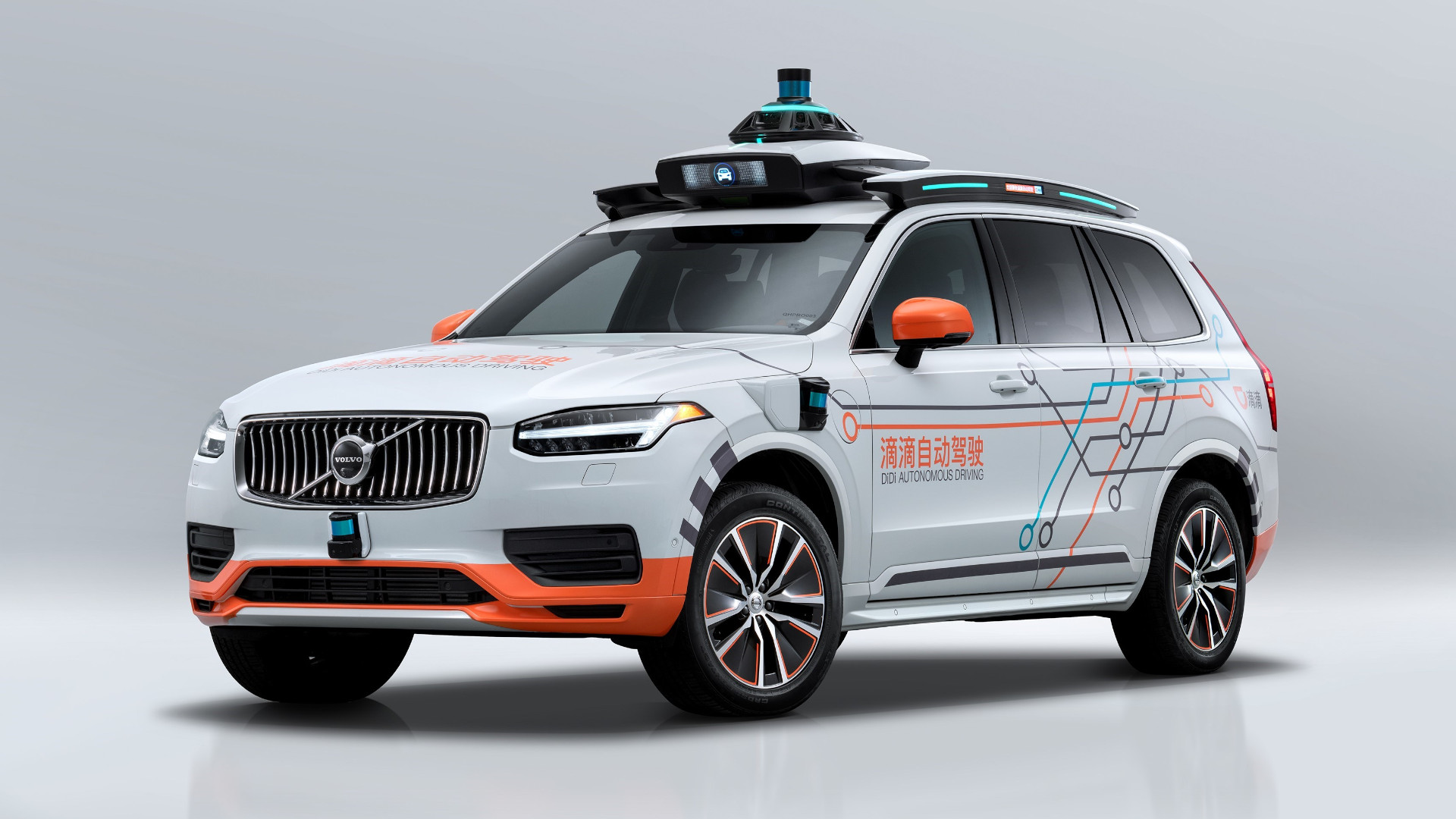

There’s been plenty of bluster around autonomous driving technologies over the last decade. Despite this, most current systems still require human supervision, failing to deliver on the promise of a car that can drive itself. Automakers are beginning to finally tiptoe into that space, and Volvo hopes to be among them. The company has promised an unsupervised self-driving system by the name of Ride Pilot, set to debut on Volvo’s new electric SUV coming later this year.
Volvo’s Ride Pilot system will reportedly be capable of Level 3 autonomy, where the car can be driven hands-free and eyes-off in highway conditions. Drivers will be able to leave the car to drive itself, with no requirement to pay attention to the road ahead for hazards, unlike existing systems like Tesla’s Autopilot.

Volvo highlights this important difference, noting “The name ‘Ride Pilot’ implies what the driver can expect: when the car is driving on its own, Volvo Cars takes responsibility for the driving, offering the driver comfort and peace of mind.” Thus, with the system enabled, drivers are free to undertake activities like “reading, writing, working, or socialising” while on the road, according to Volvo. The system will operate under highway driving conditions.
The system relies on a bank of sensors, including the Iris LIDAR sensor from Luminar, optimized for cost-sensitive automotive applications. There are also five radars, sixteen ultrasonic sensors, as well as eight cameras all helping out with the self-driving task. The aim is to provide a great deal of redundancy and a high level of perception to safely enable the car to handle attention-free self-driving.
Volvo has placed high importance on testing, noting that it aims to verify the safety of the system and attain all necessary regulatory approvals before introducing the technology in the state of California. The system will then gradually be rolled out in markets around the world.
Ride Pilot will be available as an “add-on subscription” on Volvo’s upcoming flagship all-electric SUV, set to debut later in 2022. As is the modern trend, over-the-air updates will be used to maintain the system and improve functionality over time.
Overall, Level 3 autonomy is really the bare minimum for delivering what the general public think of as a self-driving car, where the driver does not need to pay any attention to what is going on. Volvo won’t be the first to market; the Honda Legend already took that title, capable of driving itself under traffic jam conditions. Expect other players to quickly announce their own system in the coming year as well. The age of actual autonomy could shortly be upon us, if only on the highways for now.
Got a tip? Let the author know: lewin@thedrive.com